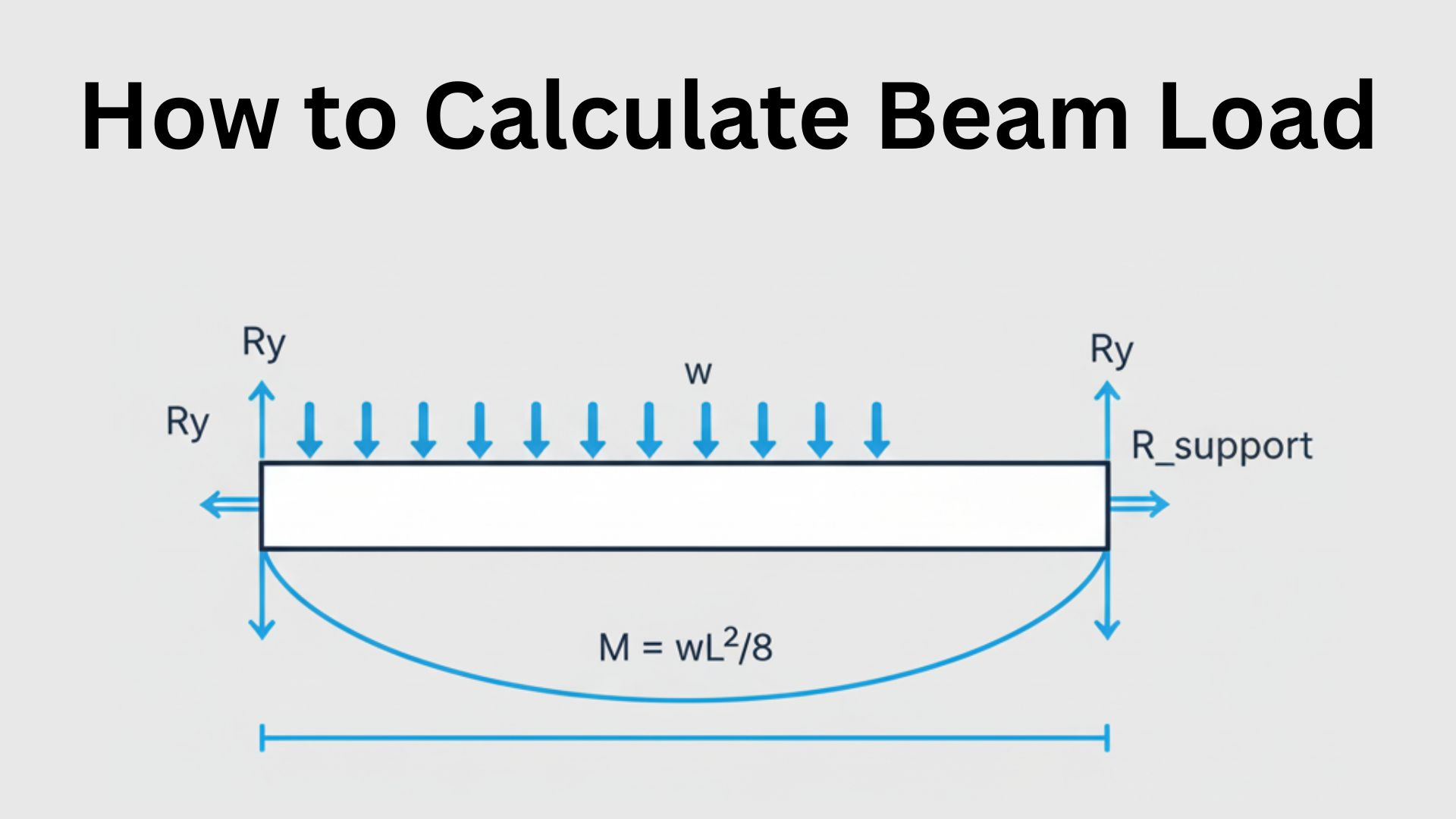If you’re thinking about purchasing an older home, there are a few things you should inspect before making your decision.
In this blog post, we’ll go over 11 things you should look at when considering an older home.
From the home’s location and structure, to its systems and exterior, we’ll help you make an informed decision about whether or not an older home is right for you.
1) Location.
Neighborhood
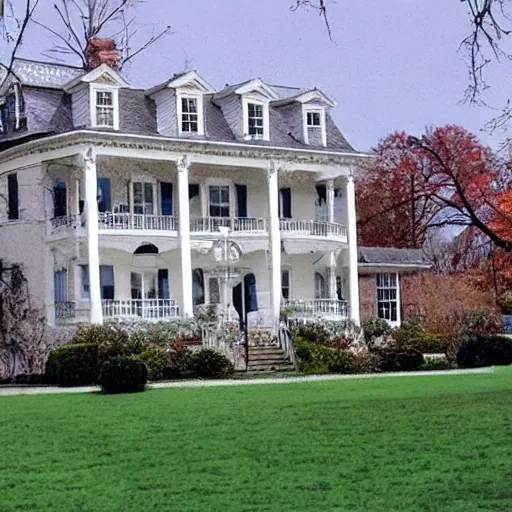
The first thing you should inspect before purchasing an older home is the location. Look at the neighborhood and see if it is a desirable place to live.
Is it safe? Are the schools good?
Is there public transportation nearby? These are all important factors to consider when choosing a home.
The next thing you should do is drive by the property at different times of day. This will give you a good idea of the neighborhood and what it is like. You should also talk to the neighbors and get their opinion of the neighborhood.
Commute
Another important factor to consider when choosing a home is your commute. If you have a long commute, you may want to look for a home closer to your work or with good public transportation options.
A long commute can be very stressful, so it is important to find a way to minimize it.
If you can’t find a home close to your work, look for one with good public transportation options. That way, you can relax on your way to and from work.
2) Home’s Structure.
The Foundation
One of the most important things to inspect before purchasing an old home is the foundation. Look for cracks or settling in the foundation, which could indicate serious structural problems.
Have a professional inspector check the condition of the foundation and advise you on any necessary repairs.
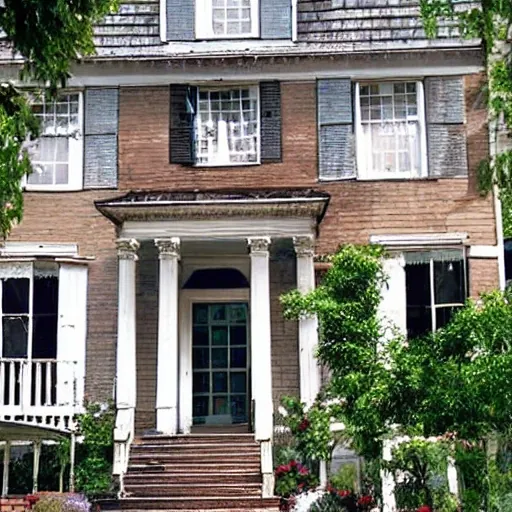
The Roof
Another important element of an older home to inspect is the roof. Check for missing or damaged shingles, and make sure that the gutters and downspouts are in good condition.
It’s also a good idea to have a professional roofer check for any signs of leaks or other potential problems.
The Walls
In addition to the foundation and roof, it’s important to inspect the walls of an older home before purchase.
Look for cracks or gaps in exterior walls, as well as signs of water damage inside the home.
Have a professional inspector check for any structural damage to the walls and advise you on any necessary repairs.
3) The Home’s Systems.
Electrical
The first thing you should check is the home’s electrical system. Older homes may still have knob-and-tube wiring, which is not up to code and could be a fire hazard.
You should also make sure that the breaker box is in good condition and that all the wiring is up to date.
If you’re not sure about the electrical system, you should hire an electrician to inspect it. They will be able to tell you if the system is up to the code and if there are any potential problems.
Plumbing
Next, you should check the plumbing system. Make sure that all the pipes are in good condition and that there are no leaks. Also, check to see if the water pressure is adequate and that the hot water heater is in good working order.
If there are any problems with the plumbing, it is best to hire a professional to fix them. This is because plumbing can be very difficult to fix and if it is not done properly, it can cause even more problems.
Heating and Cooling
Finally, you should check the heating and cooling system. Make sure that the furnace is in good working order and that there are no ductwork leaks. Also, check to see if the air conditioner is properly sized for the home.
If you have a central heating and cooling system, you’ll want to make sure that the air ducts are properly insulated and that there are no leaks. You should also check the furnace filter to see if it needs to be replaced.
4) The Home’s Interior.

Paint and Wallpaper
When inspecting the interior of an older home, one important thing to look at is the paint and wallpaper. Older homes may have led-based paint, which can be harmful if ingested or inhaled.
You should also check for water damage, mold, or mildew. Peeling paint or wallpaper can also be a sign of problems with the home’s structure or systems.
If you are considering purchasing an older home, it is important to have a professional inspection to ensure that the paint and wallpaper are safe and in good condition.
Flooring
Another thing to inspect inside an older home is the flooring. Carpeting may hide water damage, mold, or other problems with the flooring underneath.
Wood floors may be warped or damaged by termites or other pests. Tile floors may be cracked or missing grout, which can allow water to seep into the home’s structure.
Windows and Doors
Windows and doors are another important part of the interior of a home to inspect. Older homes may have single-pane windows that are not as energy-efficient as newer windows.
The frames and sashes should be in good condition with no rot or damage. Doors should open and close smoothly and latch properly.
The weatherstripping should be in good condition to prevent drafts from coming into the home.
5) The Home’s Exterior.
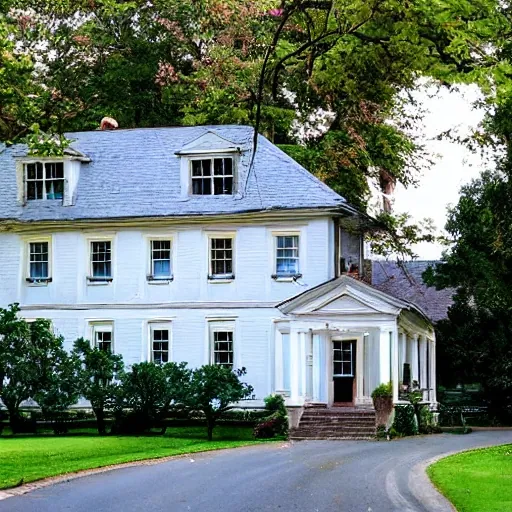
Siding and Trim
The siding and trim of an older home can often be in poor condition. Inspect the siding for cracking, peeling, or rot.
Look for signs of water damage, such as staining or mold. Also, check the trim around windows and doors to make sure it is not cracked or peeling.
Landscaping
The landscaping of an older home may not be well-maintained. Inspect the lawn for bare spots, weeds, or pests.
Look at the trees and shrubs to see if they are overgrown or dead. Also, check the gutters and downspouts to make sure they are free of debris.
6) Pest Control.
Inspection for Insects
Look for signs of insects around the property. Check for cracks and crevices where insects can enter the home. Inspect the attic and crawl spaces for evidence of insects.
Look for droppings, nests, or egg sacks. Common household insects include ants, beetles, cockroaches, flies, moths, spiders, termites, and silverfish.
Inspection for Rodents
Rodents can cause damage to a home by gnawing on woodwork, insulation, electrical wiring, and plumbing pipes. They can also contaminate food and spread disease.
Look for droppings, footprints, chewed food packaging, or nesting materials such as shredded paper or fabric. Common household rodents include mice and rats.
7) The Home’s Age.

Systems and Materials
When considering the age of a home, it’s important to inspect the home’s systems and materials. Many homes built before 1978 may contain lead-based paint, which can be harmful if ingested or inhaled.
Other materials used in older homes, such as asbestos insulation, may also pose health risks if not properly maintained.
Additionally, the mechanical systems in an older home are likely to be outdated and in need of repair or replacement.
Maintenance and Upkeep
An older home is also likely to require more maintenance and upkeep than a newer home. For example, an older home’s roof may need to be replaced sooner than a roof on a newer home.
Similarly, an older home’s windows and doors may need to be replaced or repaired more often than those in a newer home.
8) The Home’s Size.
Square Footage
The size of the home is an important consideration, especially if you have a growing family or plan to entertain guests often.
Older homes tend to be smaller than newer homes, so you’ll want to make sure the square footage is adequate for your needs.
You should also take into account the number of rooms and how they’re laid out. For example, if you need a home office, you’ll want a floor plan that includes a dedicated space for that purpose.
Lot Size
In addition to the square footage of the actual house, you’ll also want to consider the size of the lot on which it sits.
A larger lot gives you more room to expand the home in the future or add additional features like a pool or garden. It can also provide more privacy and reduce noise from neighbors.
If you’re considering an older home, be sure to ask about any easements that may restrict what you can do with the property.
9) The Home’s History.
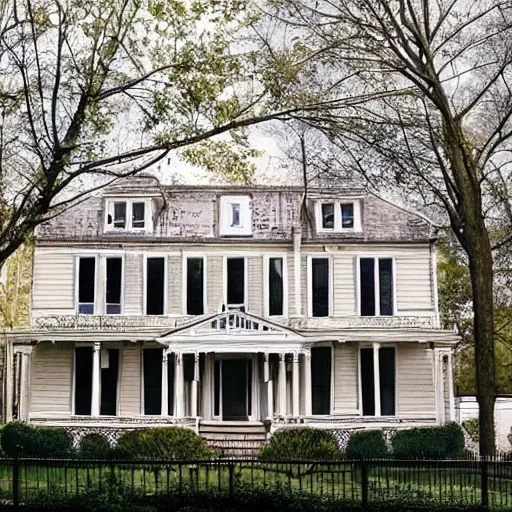
Previous Owners
When looking at the history of a home, it’s important to consider who its previous owners were. If possible, try to find out if the home was owned by a family or an individual, how long they lived there, and why they decided to move.
This information can give you insights into the home’s condition and any potential problems that may have arisen during their ownership.
Remodeling and Additions
In addition to finding out about the home’s previous owners, it’s also important to learn about any remodeling or additions that have been made to the property over the years.
This information can help you understand how well the home has been cared for and whether or not any major repairs or renovations will be necessary in the near future.
10) Warranties and Disclosures.
Warranties
When buying an older home, it is important to find out what warranties are available and how long they will last.
The most important warranties to look for are those on the home’s major systems, such as the roof, foundation, plumbing, and electrical.
Many of these components will have a limited warranty from the manufacturer or contractor who installed them. In some cases, these warranties can be transferred to new homeowners.
Disclosures
Another important consideration when purchasing an older home is disclosure of any known problems with the property. In many states, sellers are required by law to disclose any defects that they are aware of.
However, it is still a good idea to have a professional inspector check the property for any hidden problems that may not have been disclosed by the seller.
11) Financing.
Mortgage Pre-Approval
It’s important to get pre-approved for a mortgage before shopping for an older home.
Lenders will take a close look at the age of the home and may not be willing to finance it, or they may require a larger down payment.
Be sure to compare rates and terms from several lenders before making a decision.
Home Inspection
A home inspection is essential when purchasing an old home. An inspector will check for things like structural damage, pests, and electrical and plumbing problems.
They will also look for signs of water damage and mold. Be sure to ask for a detailed report so you can make an informed decision about whether or not to purchase the home.
Conclusion
Purchasing an older home can be a great way to get more value for your money. But it’s important to inspect the home thoroughly before making a purchase. Here are 11 things you should look for:
1. Location: Is the neighborhood safe and convenient? What is the commute like?
2. The Home’s Structure: Is the foundation in good condition? What about the roof and walls?
3. The Home’s Systems: How old are the electrical, plumbing, and HVAC systems? Are they in good working order?
4. The Home’s Interior: Is the paint and wallpaper in good condition? What about the flooring, windows, and doors?
5. The Home’s Exterior: Is the siding and trim in good condition? What about the landscaping?
6. Pest Control: Have the home inspected for insects and rodents.
7. The Home’s Age: How old is the home? What kind of systems and materials were used in its construction? How much maintenance and upkeep will be required?
8. The Home’s Size: How much square footage does the home have? What is the lot size?
9. The Home’s History: Who are the previous owners of the home? What kind of remodeling or additions have been made to the home over time?
10. Warranties and Disclosures: Does the seller have any warranties on systems or appliances in the home? Are there

